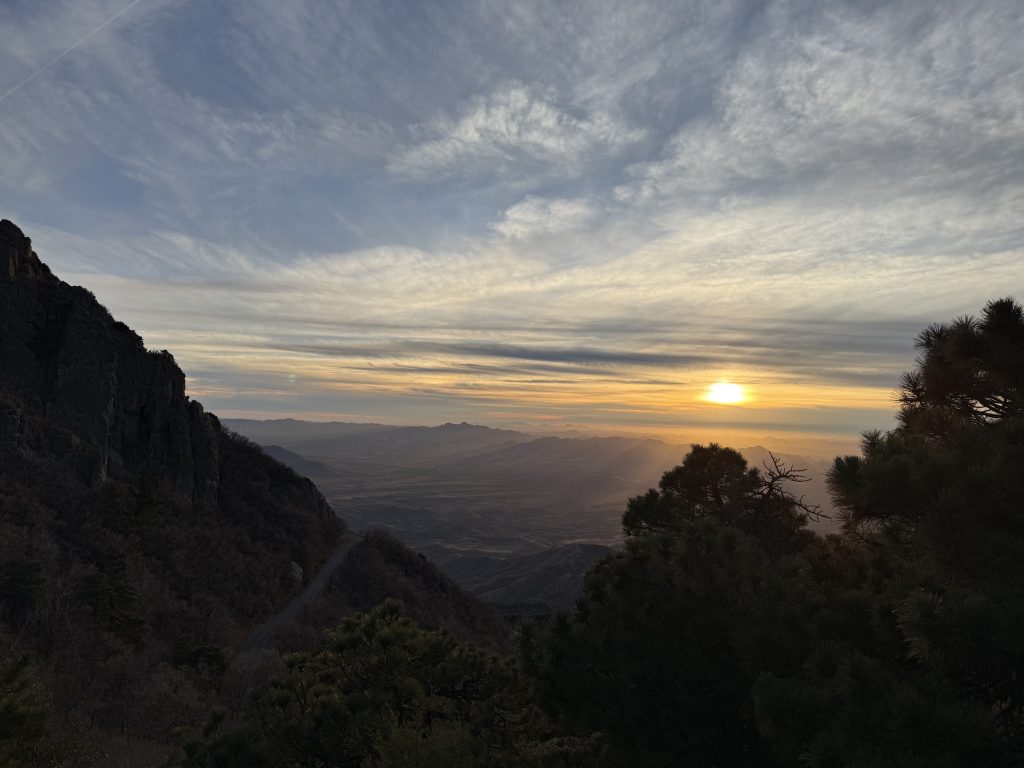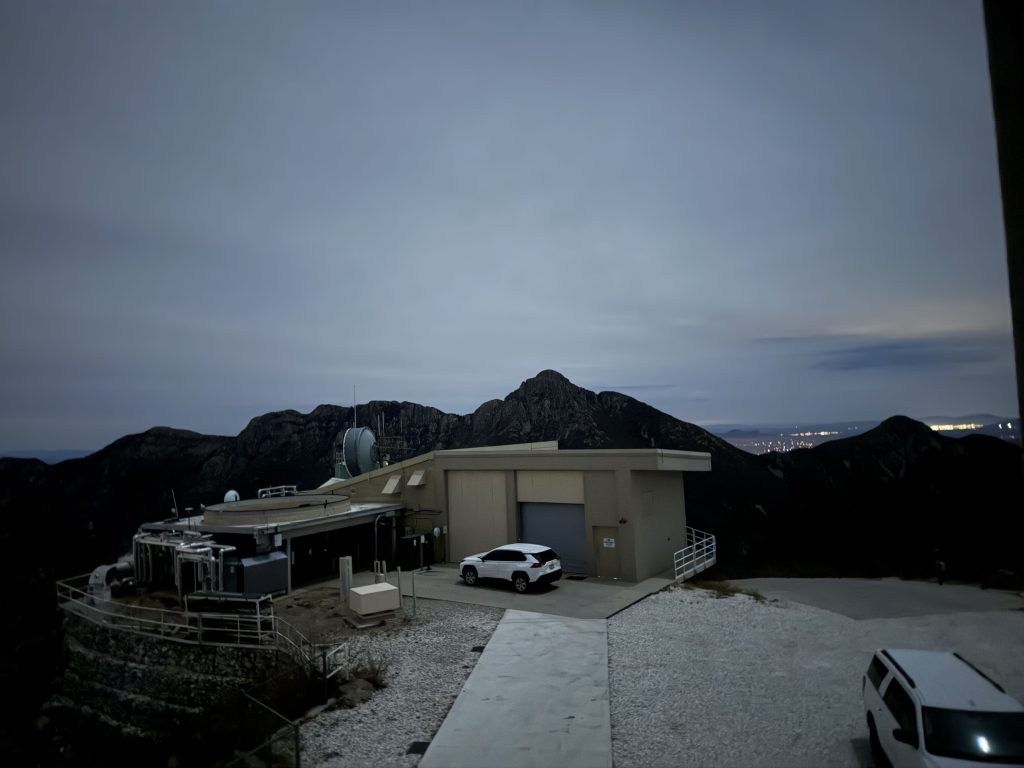Hello! I am a former MagAO-Xer cutting her teeth in the adaptive secondary world as a new member of the MAPS team. Last night, as winds hurdled through the dome, and I was crouched under the MIRAC mid-IR imager attached to the MAPS topbox (aka WFS unit), trying to see what knobs my fellow optical engineers were turning, I realized how privileged I have been in my observing experience. In contrast to MAPS, MagAO-X is fed by a tertiary mirror and mounted on a nasmyth platform next to its telescope. You are somewhat shielded from winds and there is far, FAR less crouching to adjust a filter wheel or a beamsplitter. Also, you know, the private chef thing at LCO.

Despite these brief moments of discomfort, I am growing to greatly enjoy my new MAPS team! One of my favorite moments of the night was an attempt to rotate the pupil stop wheel. One of our optical engineers, Oli, was laying under the instrument fiddling with a knob that didn’t seem to be turning much of anything. We were getting live feedback from our technical manager, Manny, via radio. I asked Oli, “Do you think it’s broken?” Oli mused, “I don’t know, I am just sort of wiggling it.” Then, via radio, Manny exclaims “Stop! That’s it!”. If that doesn’t sum up the experience of optical alignment, nothing does.
We started the night by trying to get light onto the MIRAC detector. This involved reinstalling a dichroic in the topbox to feed our WFS and see if our source was centered on the dichroic, as light passes through it to feed BLINC which feeds MIRAC. This whole process involved a variety of sources which included some very bright stars, the moon, and everyone’s favorite giant planet – Jupiter!


Next, we tried to center the rotation of MIRAC – ie determine whether or not it is being fed by on or off-axis beam. If the star moves in an arc across the detector, it is being fed by an off-axis beam which we can correct with the ASM’s tilt. If the star stays stationary during the rotation, MIRAC is being fed by an on-axis beam and we are golden.

Our next step of the night was to align the dichroic to the WFS so we could actually begin playing with the ASM and start working through Amali’s extensive wish list of technical tests. Unfortunately, we got clouded out and had to close. That didn’t stop the team from using our brain power though. Visiting observers from ASU, Krishna and Jorge, entertained us with geographical quizzes where we got to guess the capitals of each state and the locations of states within India. Guess which one we were better at!

Here are some other cool shots I took throughout the night:


Blog Rules
As the initial blogger of the run, that means I get to set some ground rules. I’ll keep it simple. Song of the Day required, and you must included a pretty shot of the mountains around you so we can be sure everyone is appreciating the beauty of this place.
Song of the Day
Messing with BLINC, which includes a set of relay optics to feed MIRAC, kept making me think of that line “play that Blink-182 song that we beat to death in Tucson, okay”.